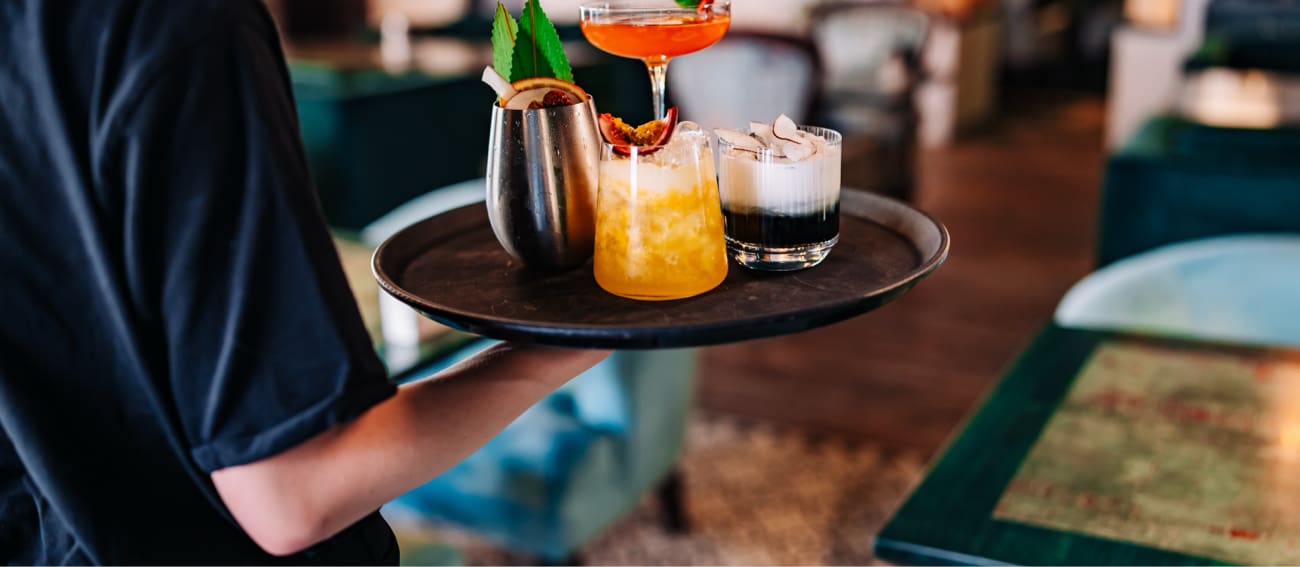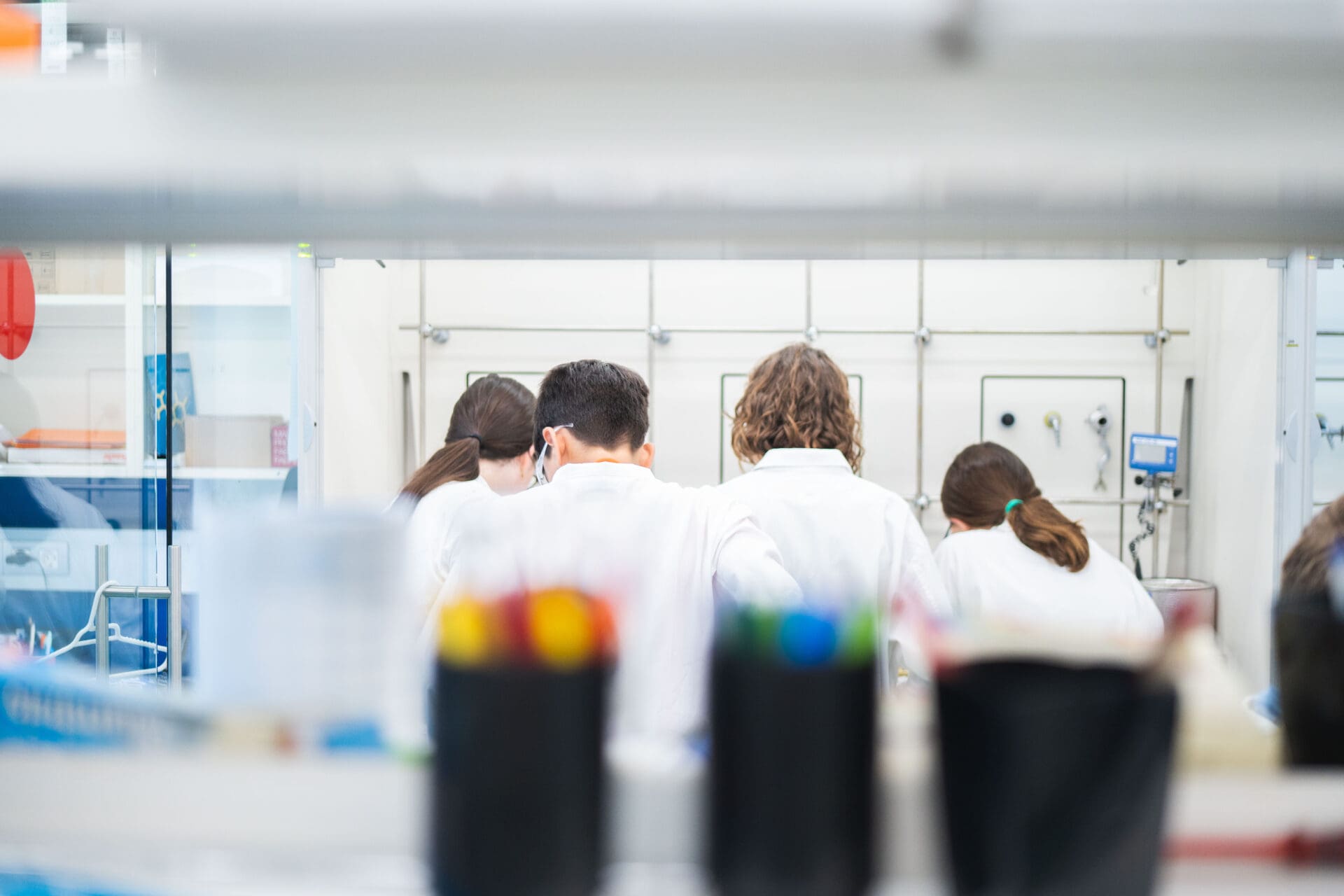Chemical bartender
Objective: Transform a color solution similar to wine into ones resembling water, milk, a strawberry smoothie, and lemonade. WATCH OUT! We’re not working with wine or any edible product, but with similarly colored solutions

-
Laboratory materials
Beakers
Glass rod
-
Reagents
Potassium permanganate (KMnO4, 0.4 g)
Barium chloride dihydrate (BaCl2·2H2O, 24 g)
Sodium thiosulphate pentahydrate (Na2S2O3·5H2O, 25 g)
Sodium carbonate (Na2CO3, 22 g)
Sulfuric acid (H2SO4, 100 mL, 2 M)
Deionized water
-
Safety
Don't forget the gloves, lab coat, and safety goggles!!!
-
Questions
Calculate the concentration of all initial solutions.
What type of reactions take place? Write them all.
Procedure
- Prepare the following 4 solutions:
- Solution A: Dissolve 24 g of BaCl22H2O in 100 mL of water.
- Solution B: Dissolve 25 g of Na2S2O35H2O in 100 mL of water.
- Solution C: Dissolve 21 g of Na2CO3 in 100 mL of water.
- Solution D: Dissolve 0.4 g of KMnO4 in 100 mL of a 2 M sulfuric acid solution and dilute to 1 L with water.
- Prepare 5 precipitation flasks and add:
- 1: Nothing.
- 2: 1 mL of the Na2S2O35H2O solution.
- 3: 1 mL of the Na2S2O35H2O solution and 3 mL of the BaCl2·2H2O solution.
- 4: 3 mL of the BaCl22H2O solution.
- 5: 1 mL of the Na2S2O35H2O solution and 3 mL of the Na2CO3 solution. These volumes are so small that they are barely visible.
- Add about 200 mL of the KMnO4 solution to each precipitation flask and observe what happens.
Theoretical explanation
The approximate concentrations of BaCl2·2H2O, Na2S2O3·5H2O, and Na2CO3 are 1 M. The concentration of KMnO4 is 0.0025 M.
The reactions that take place are:
2 MnO4– + 16 H+ + 10 S2O3– 2 Mn2+ + 5 S4O62- + 8 H2O
Ba2+ + SO42– BaSO4
CO32- + 2 H+ H2O + CO2















